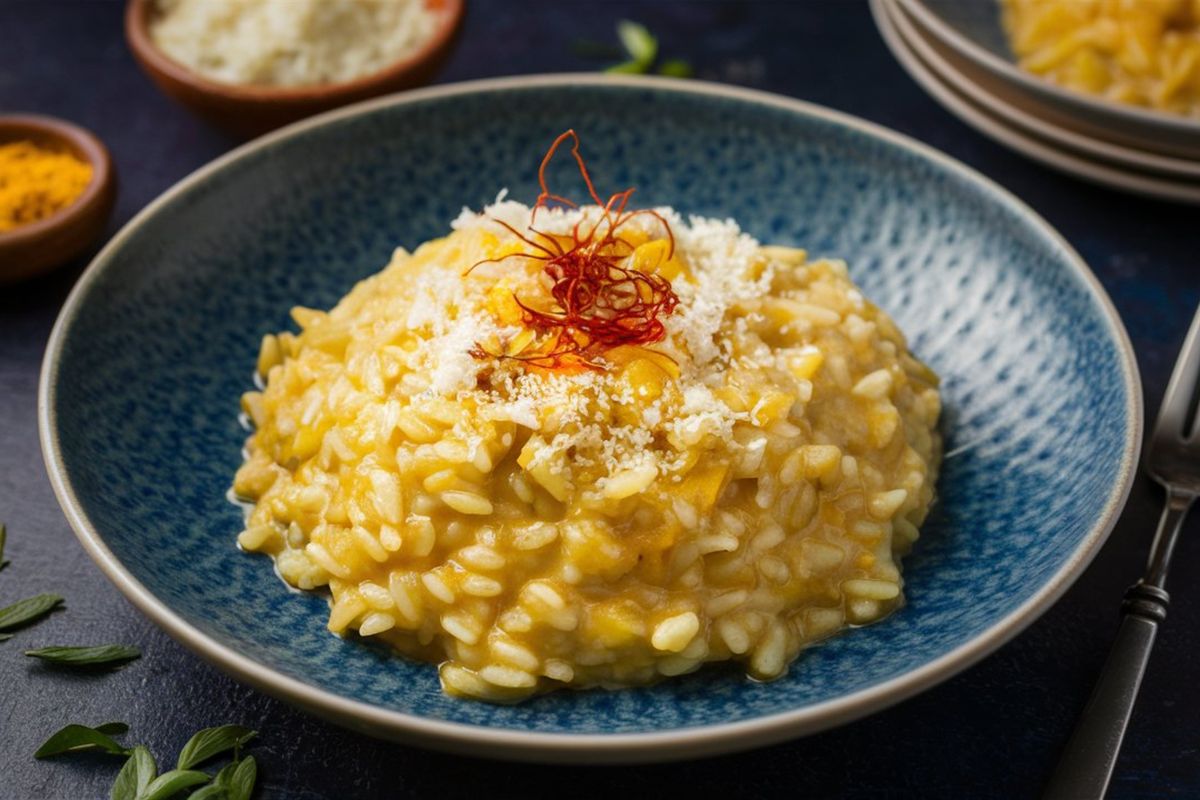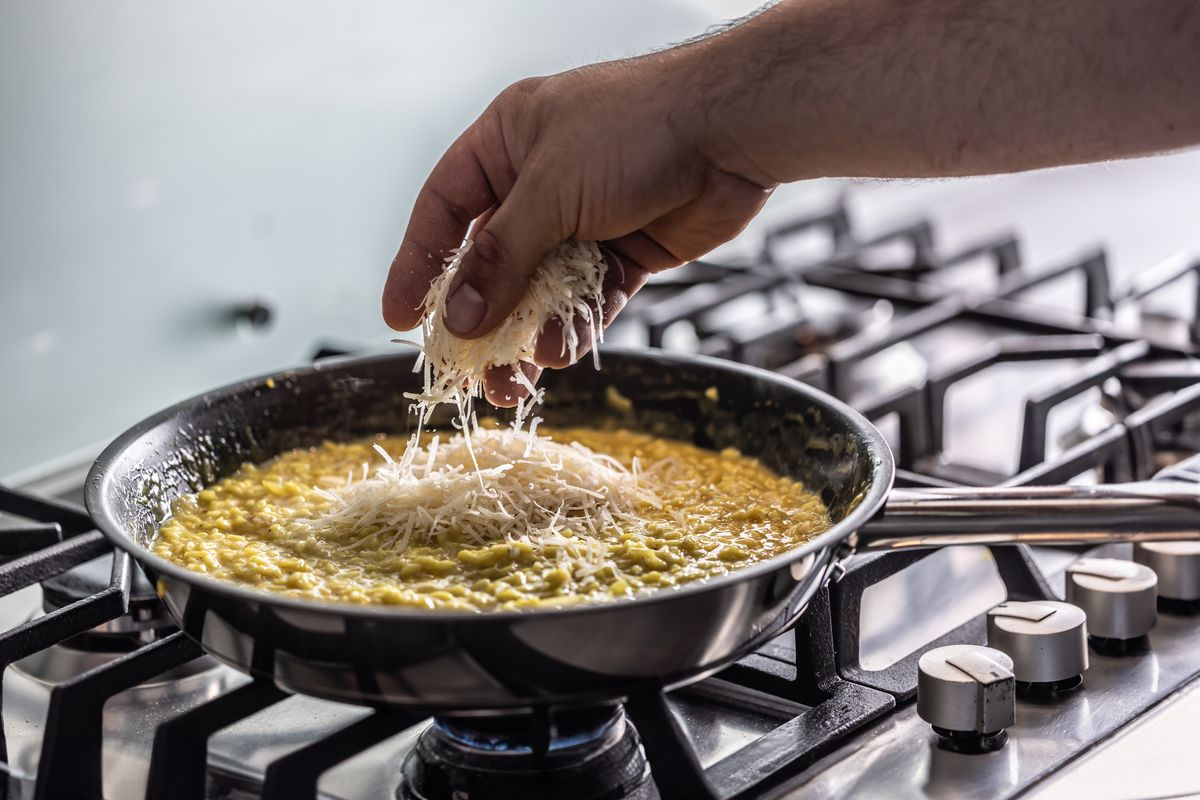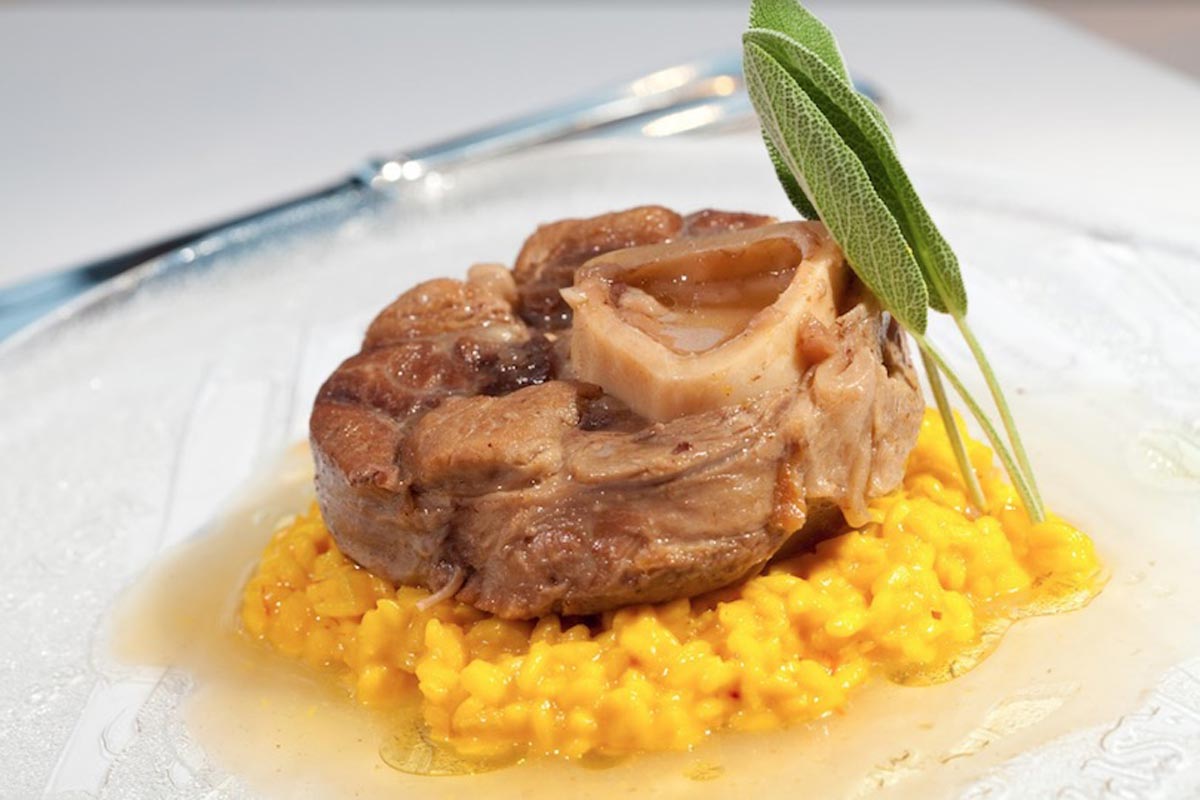Recipes
Milanese risotto: the original recipe with marrow


Undisputed protagonist of Lombard cuisine with ancient origins: here's how to prepare the true original Milanese risotto.
It's really true: ossobuco and Milanese risotto are an inseparable combination of typical Lombard cuisine . It seems that information about this dish based on rice, saffron and marrow dates back to the 1500s, although we had to wait until 1800 to have the actual recipe. Compared to the classic yellow risotto, it is precisely the addition of the marrow that makes the difference.
If you have always wondered how to prepare it following the original recipe, but have never tried your hand at preparing it, this is the right recipe for you!

How to make Milanese risotto with the original recipe
- First, if you use the pistils, soak them in a ladle of hot but not boiling meat broth for at least 1 hour .
- Then put half the butter in a saucepan, add the marrow cut with a knife and the finely chopped onion.
- Transfer everything to the heat and brown until the onion is tender and transparent (be careful not to burn it).
- Add the rice, toast for 3 minutes and then gradually add the boiling broth. The rice must always be covered loosely. From this moment, calculate 16-18 minutes of cooking depending on whether you prefer it more or less al dente. Season with salt.
- About 5 minutes before the end of cooking, add the pistils with their liquid so they will give color and their flavor will remain concentrated. If you use saffron in a sachet, you can add it dissolved in a little broth halfway through cooking.
- Remove from the heat and stir in the remaining butter, ideally from malga, and Lodigiano , a cheese similar to parmesan. If you can't find them, regular butter and parmesan or parmesan are also fine.
What is the best way to bring Milanese risotto to the table? With osso buco of course!
Conservation
Risotto is one of those dishes that tends to waste a little if it isn't enjoyed as soon as it's made . However, you can store it for a couple of days in the refrigerator and then reheat it in a pan. Alternatively, try your hand at sautéed rice , another classic of Milanese cuisine that was born from the need to use leftover risotto. Furthermore, with the meat left over from the broth you can preparemondeghili , the typical Milanese meatballs.
Origin and history of Milanese risotto
We need to go back in time almost five hundred years to trace the origins of Milanese risotto. We are in 1574 when a butter risotto enriched with saffron arrives at the table of Valerio di Fiandra, master glassmaker at the Duomo factory, one of the first traces of risotto as we know it today.
Yet the combination of rice and saffron was already known to Arab and Jewish merchants who brought it to the Po Valley via Sicily. In relatively recent times, we are in the nineteenth century, this dish made its appearance in some cookbooks with the name pan-fried yellow rice which later became risotto giald in Milanese dialect.
Starting from 14 December 2007, Milanese risotto became a De.Co. product. that is, it obtained the municipal designation of origin through a resolution of the municipality of Milan. In the recipe we note the absence of wine and the use, together with the beef marrow (which can be replaced with veal marrow), of the cooking juices of the roast.
Riproduzione riservata © - WT












